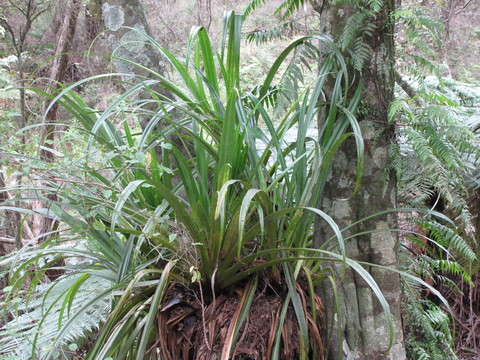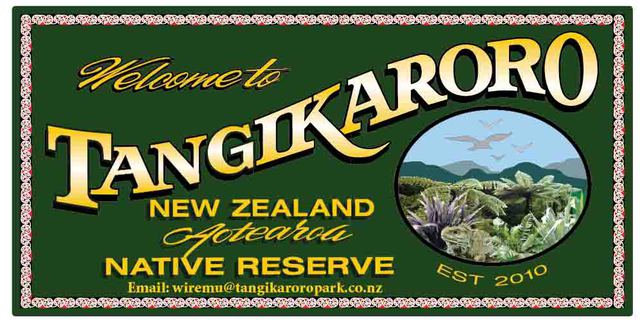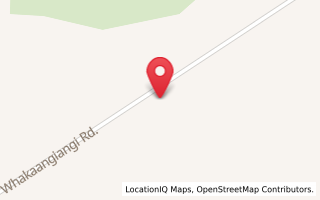The Ecology
THE WIDER GEOPHYSICAL AND ECOLOGICAL ENVIRONMENT
The Tangikaroro Park Block comprises many hectares of hill country on the Whakaangiangi Rd approximately 13 Kilometers Southwest of the small Coastal settlement town of Te Araroa, and is part of the wider Pukeamaru Ecological District covering approximately 98,000 hectares of the northern end of the East Cape Peninsula.
The Geology of the area is comprised largely of sedimentary rock, especially sandy siltstones and some silty mudstone, with smaller areas of gravels and sands on the marine terraces, alluvial deposits on terraces and flats along the rivers and streams, and coastal sand dune systems. A distinguishing element in the landscape of this District, however, are the extensive ranges of submarine volcanic origin known as the Matakaoa and Pukeamaru Volcanics, and comprised largely of gabbro and basalt.
Significant faulting has occurred transforming aspects of the landscape here, and there exist a range of gas vents along the associated crush zones.
Vegetation types in the District include coastal forest, lowland forest, lower montane forest, upper montane forest, scrub and shrublands, wetlands and dunelands. All common forest birds are found in the District, as are many less common species such as Kaka, Kakariki, Falcon, Australasian Bittern, Spotless Crake, Fernbird and Petrels, and certain rare species such as the New Zealand Dotterel.
Other species of significance present include the rare Hochstetter’s frog, the lesser short-tailed and the long-tailed Bat, the tree Gecko and the native Skink.Mainland island wildlife sanctuaries such as Tangikaroro Park are the way of the future for Mainland species conservation in New Zealand. Our forests are severely depleted due to the impact of pests. These Mainland island ‘Arc’s’ need to be represented throughout a range of our Ecological districts to act as reservoirs of genetic diversity and representatives of our forest Eco-Systems and habitats. Tangikaroro Park is an optimal size to build a predator proof fence sanctuary. Once this forest is fenced and all introduced mammals are removed the recovery and advancement of this forest will be cumulative and quite spectacular. It is large enough to provide breeding pair territories and habitats for a range of wildlife species, i.e. Kiwi, Weka, Robin, Saddleback. For example Kiwi pairs today generally maintain a territory of 50 hectares, however during the 1800’s Sir Walter Buller estimated that “one pair of Kiwi existed for every 4 acres”. With a pest free habitat supplying high levels of invertebrates and fruit a considerably smaller territory size is required by each breeding pair. Tangikaroro Park is an optimal size. It is not so large that a future pest incursion cannot be detected, monitored and dealt with in a relatively rapid and affordable way with a small team.
Tangikaroro Park would successfully hold self-supporting populations of North Island Robin and Brown Kiwi, twelve months after the successful eradication of Rodents, Possums, Mustelids and other mammals has been recorded. We have the potential to become a fascinating and special wildlife reserve. The major advantage is that significant forest canopy and seed sources are already present and therefore the project is at least 50-100 years ahead of many other projects which are requiring intensive and costly planting regimes and management.


